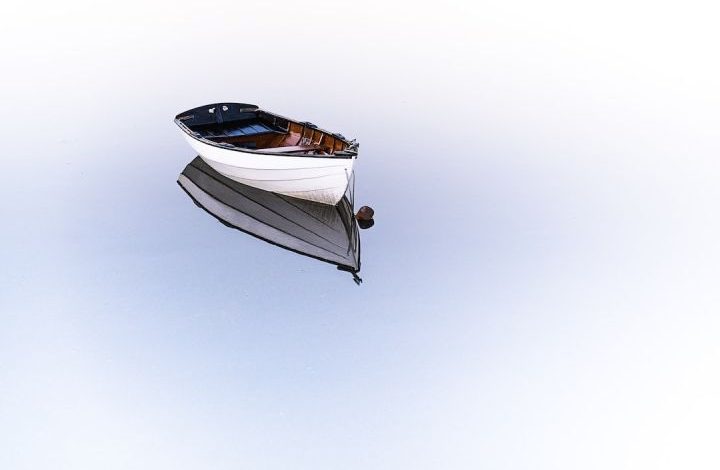How Do Tide and Current Affect Boating Strategies?

Boating can be a thrilling and enjoyable experience, but it requires careful planning and consideration of various factors. One of the most important factors to consider is the tide and current, as they can greatly impact boating strategies. Understanding how tides and currents work and how they affect your boating plans is crucial for a safe and successful voyage. In this article, we will explore the ways in which tides and currents can influence boating strategies.
Tides: The Ebb and Flow of the Sea
Tides are the rise and fall of sea levels caused by the gravitational forces of the moon and the sun. Understanding the tides is essential for boaters as it directly affects water depth and navigation. When the tide is high, there is more water, allowing boats to access areas that may be too shallow during low tide. Conversely, during low tide, certain areas may become inaccessible due to shallow waters. It is crucial for boaters to plan their routes and activities based on the tides to avoid running aground or getting stranded.
Currents: The Invisible Force
Currents are the continuous flow of water in a particular direction. They can be caused by various factors such as tides, winds, and the shape of the coastline. Currents can significantly impact a boat’s speed, direction, and fuel consumption. Boaters need to be aware of the current’s strength and direction to effectively navigate through waterways. A strong current can make it challenging for boats to maintain their desired course, requiring adjustments in steering and speed. It is also important to consider the impact of currents when anchoring or mooring a boat, as they can affect stability and security.
Planning a Voyage: Timing is Everything
When planning a boating trip, it is crucial to consider the timing of tides and currents. The ideal time to depart or arrive at a particular location may vary depending on the water levels and currents. For example, if you are planning to navigate through a narrow channel, it is advisable to time your departure with the incoming tide. This will provide you with a boost from the rising water, making it easier to navigate through potentially shallow areas. On the other hand, if you are planning to navigate against a strong current, it is best to wait for a slack tide when the current is at its weakest. This will help conserve fuel and make the journey smoother and safer.
Navigating Challenges: Working with the Elements
Tides and currents can present challenges for boaters, but with proper understanding and preparation, these challenges can be overcome. Here are a few strategies to consider when navigating in tidal and current conditions:
1. Consult Tide and Current Tables: Before setting sail, consult tide and current tables to determine the timing and strength of tides and currents in your area. These tables provide valuable information that can help you plan your voyage effectively.
2. Use Navigation Tools: Utilize navigation tools such as GPS, charts, and compasses to accurately track your position and monitor the impact of tides and currents. This will help you make informed decisions and adjust your course accordingly.
3. Seek Local Knowledge: Local boaters and fishermen are often a great source of information about tidal and current conditions in a specific area. Reach out to local experts to gain insights and tips for navigating safely.
4. Take Advantage of Slack Tides: When faced with strong currents, plan your journey to coincide with slack tides when the current is at its weakest. This will make it easier to navigate through challenging areas.
In conclusion, tides and currents play a crucial role in boating strategies. Understanding their effects and incorporating them into your planning process is essential for a safe and successful voyage. By considering the timing and impact of tides and currents, utilizing navigation tools, and seeking local knowledge, boaters can navigate through tidal and current conditions with confidence. So, next time you set sail, remember to factor in the ebb and flow of the sea for a smooth and enjoyable boating experience.
